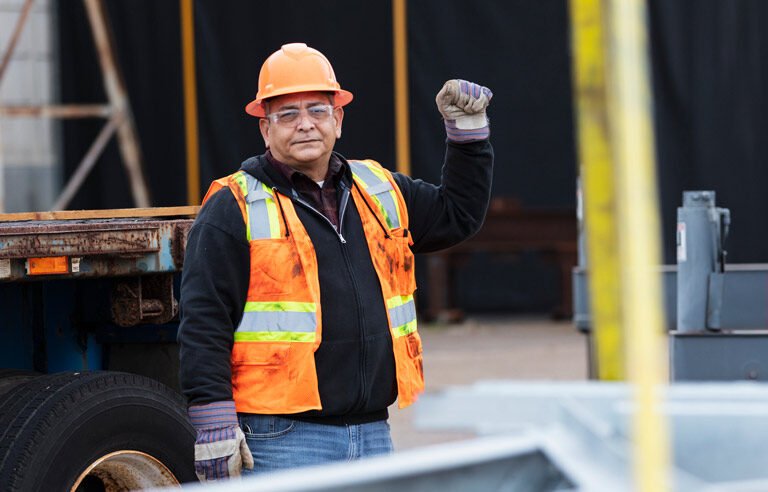Silver Spring, MD — Construction employers can help make Hispanic workers safer by boosting the number of Spanish-speaking supervisors in the field.
That’s one suggestion offered during a recent webinar conducted by CPWR – The Center for Construction Research and Training that examined findings from a forthcoming study led by University of North Carolina at Chapel Hill researchers.
Laura Linnan, director of the Carolina Center for Healthy Work Design and Worker Well-Being and the study’s principal investigator, presented alongside Maija Leff, the center’s associate director.
Among the topics discussed were a survey of 500 construction workers and interviews with more than 50 workers. At least 85% of respondents were Hispanic.
The survey shows that only around half of injured Hispanic workers reported workplace injuries or illnesses to their supervisors. In addition, 51% of Spanish-speaking Hispanic workers and 67% of English-speaking Hispanic workers reported feeling ignored or that they weren’t being taken seriously by a foreperson either “once a week or more” or “a few times a month.”
“There’s clearly a need for more of a practice or structure to make sure that there’s communication coming from the worker level going up to foremen to safety teams and to management,” Leff said.
One suggested strategy: Focus on real-time interpretation on jobsites. Employers can conduct important meetings in both English and Spanish and distinguish worker-translators with hard hat stickers or helmets of a different color.
“It’s best if you can make sure that there’s someone bilingual on every team,” Leff said. “Better if that bilingual person is actually your foreman or your lead man, someone who has some authority.”
The webinar included other recommendations for employers:
- Engage workers in creating solutions for healthier, safer workplaces.
- Organize worker safety committees that are worker-led and in workers’ main languages.
- Align safety messages with Hispanic cultural values related to work.
- Train supervisors to recognize differences between Hispanic and American culture.
- Make sure all essential documents are in English and Spanish.











